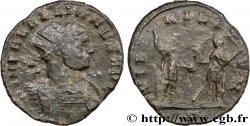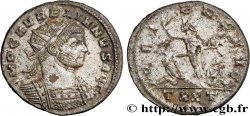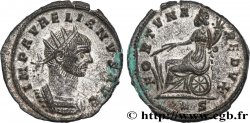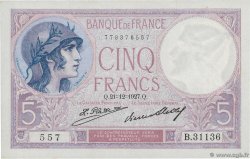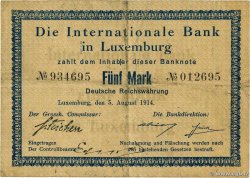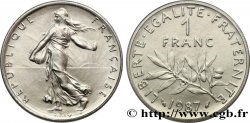brm_695884 - AURÉLIEN Antoninien
недоступный.
Товар уже продан в нашем интернет-магазине (2023)
Цена: : 20.00 €
Товар уже продан в нашем интернет-магазине (2023)
Цена: : 20.00 €
Тип Antoninien
Дата: fin 271 - automne 272
Монетный двор / Город: Pannonie supérieure ou Savie, Siscia
Металл: billon
Проба: 50 ‰
Диаметр: 22,5 mm
Ориентация осей монеты: 1 h.
Вес: 3,46 g.
Officine: 2e
Комментарии о состоянии
Monnaie centrée. Usure régulière. Joli buste. Patine marron avec reflets cuivrés
Ссылки в каталоге: :
Лицевая сторона
Аверс: легенда: IMP AVRELIANVS AVG.
Аверс: описание: Buste d’Aurélien, tête radiée, à droite, avec cuirasse, vu de trois quarts en avant (B).
Аверс: перевод: “Imperator Aurelianus Augustus”, (Empereur Aurélien Auguste).
Обратная сторона
Реверс: легенда: FOR-TVNA - REDVX// *S.
Реверс: Описание: Fortuna (La Fortune) assise à gauche, tenant un gouvernail de la main droite et une corne d'abondance de la gauche ; sous son siège, une roue.
Реверс: перевод: “Fortuna Redux”, (La Fortune qui fait revenir).
Комментарий
Seulement deux exemplaires de ce type dans le catalogue de La Venèra.







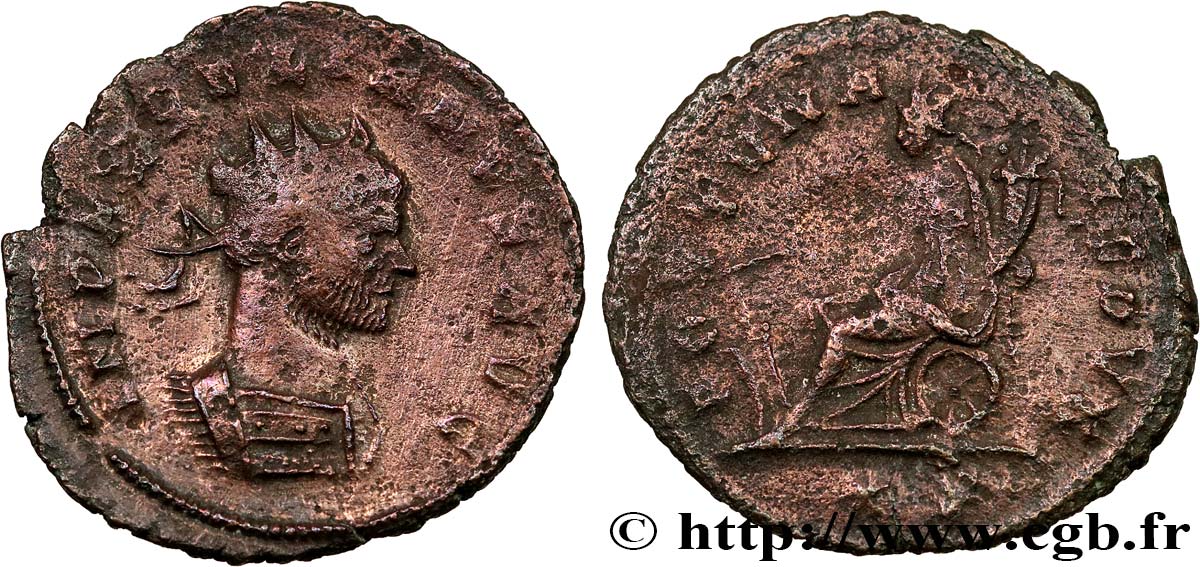
 Cообщить об ошибке
Cообщить об ошибке Распечатать страницу
Распечатать страницу Отправить мой выбор
Отправить мой выбор Задать вопрос
Задать вопрос Consign / sell
Consign / sell
 Информация
Информация